| set | n | x_mean | x_sd | y_mean | y_sd | correlation |
|---|---|---|---|---|---|---|
| 1 | 11 | 9 | 3.316625 | 7.500909 | 2.031568 | 0.8164205 |
| 2 | 11 | 9 | 3.316625 | 7.500909 | 2.031657 | 0.8162365 |
| 3 | 11 | 9 | 3.316625 | 7.500000 | 2.030424 | 0.8162867 |
| 4 | 11 | 9 | 3.316625 | 7.500909 | 2.030578 | 0.8165214 |
Look at Data
2024-01-16
Principles of data visualization
What can you learn more easily from a visualization than from a table of data?
What makes a visualization good?
What features of human visual perception should be considered when designing data visualizations?
Why visualize data?
Anscombe’s Quartet
Anscombe’s Quartet

Datasaurus Dozen
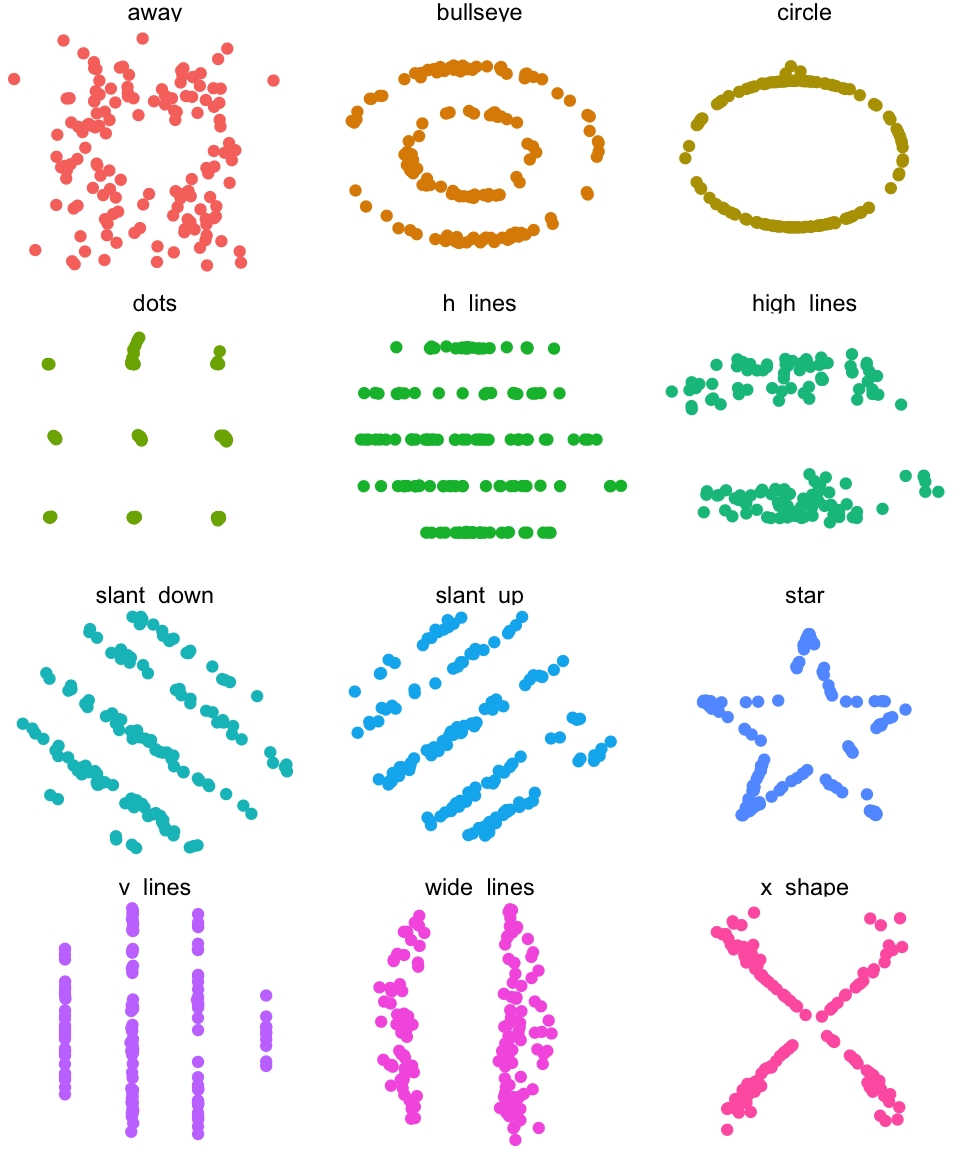
Figure 1: The datasaurus dozen, all with the same mean, standard deviation, and correlation.
Datasaurus Dozen
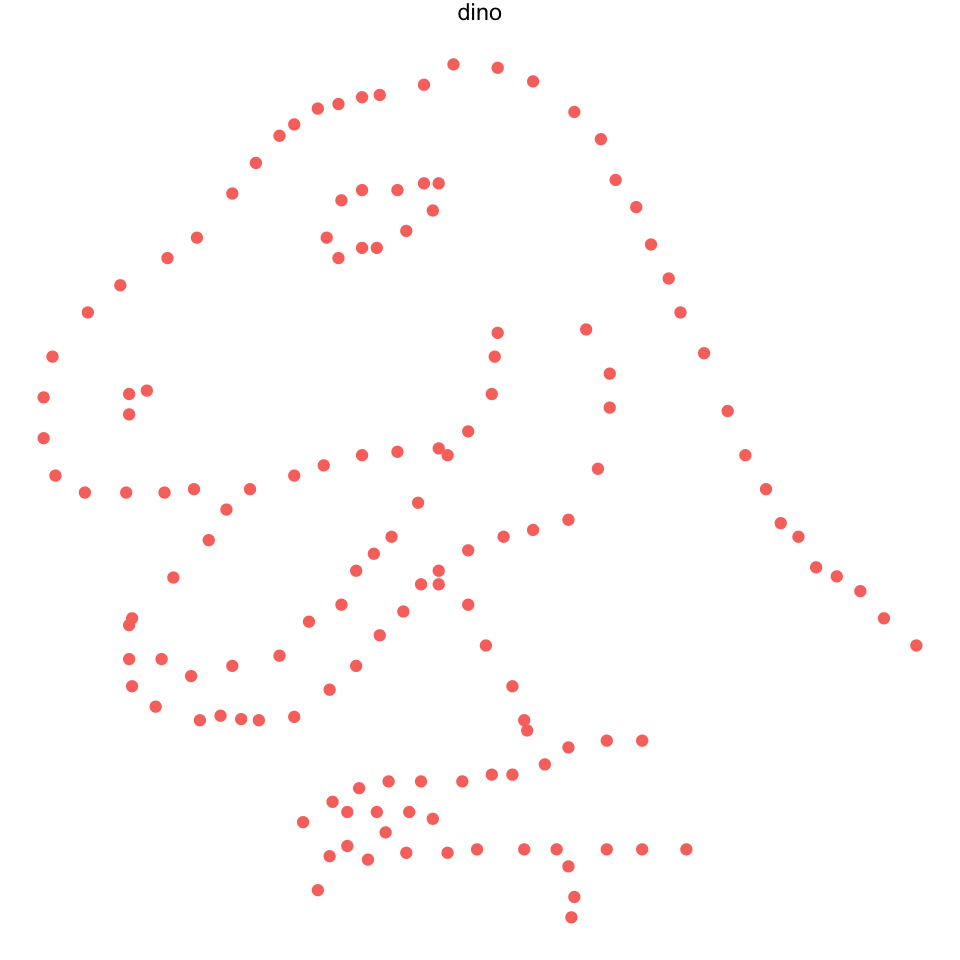
Figure 2: The secret revealed
What is a good visualization?
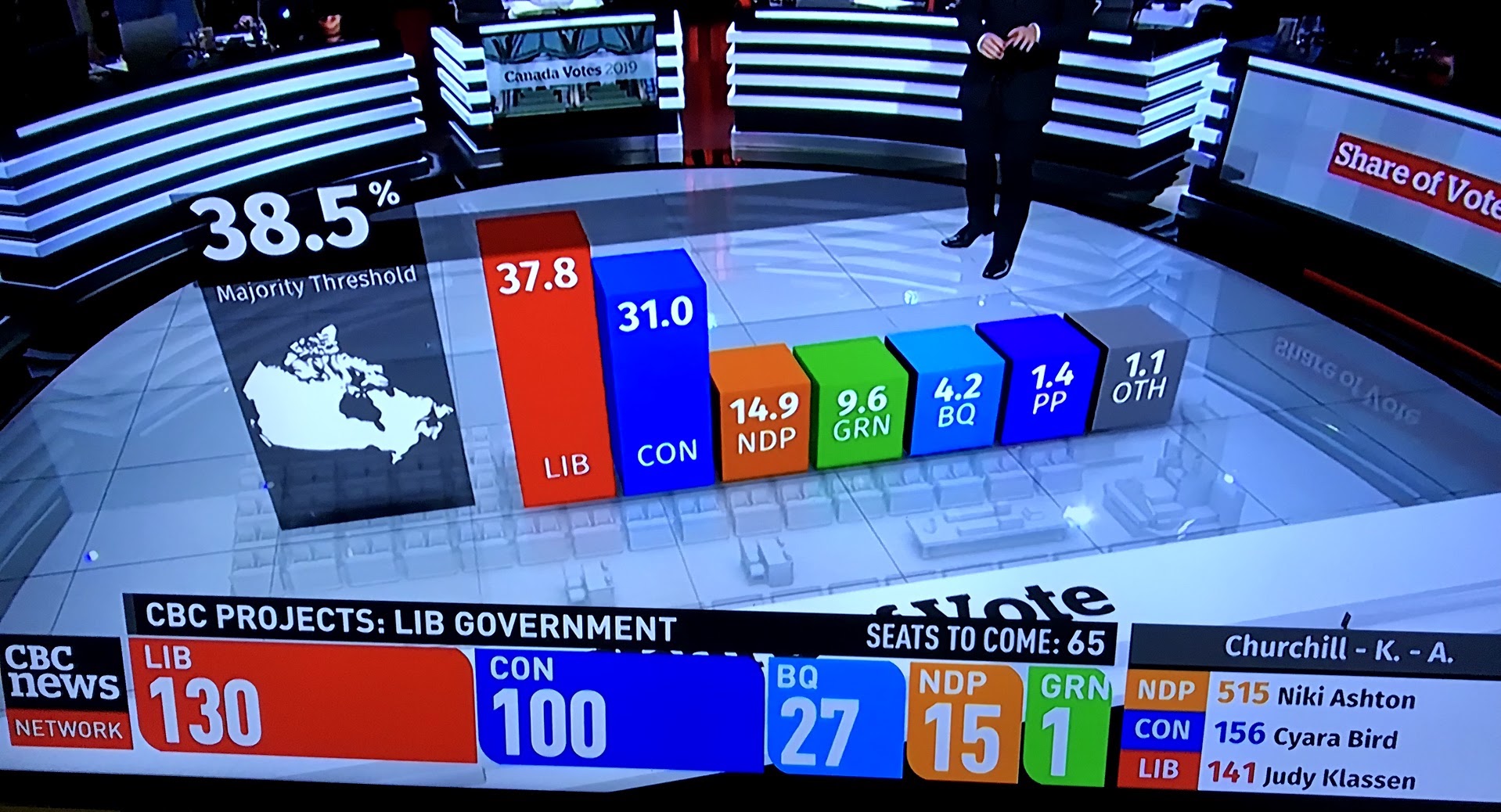
Still from CBC Canadian Federal election coverage, October 21, 2019. Does the three-dimensional bar chart help you understand the election outcome? Are the bars the right height? Is it helpful to have the bar chart appear in the middle of the studio set? Can you judge the height of the bars?
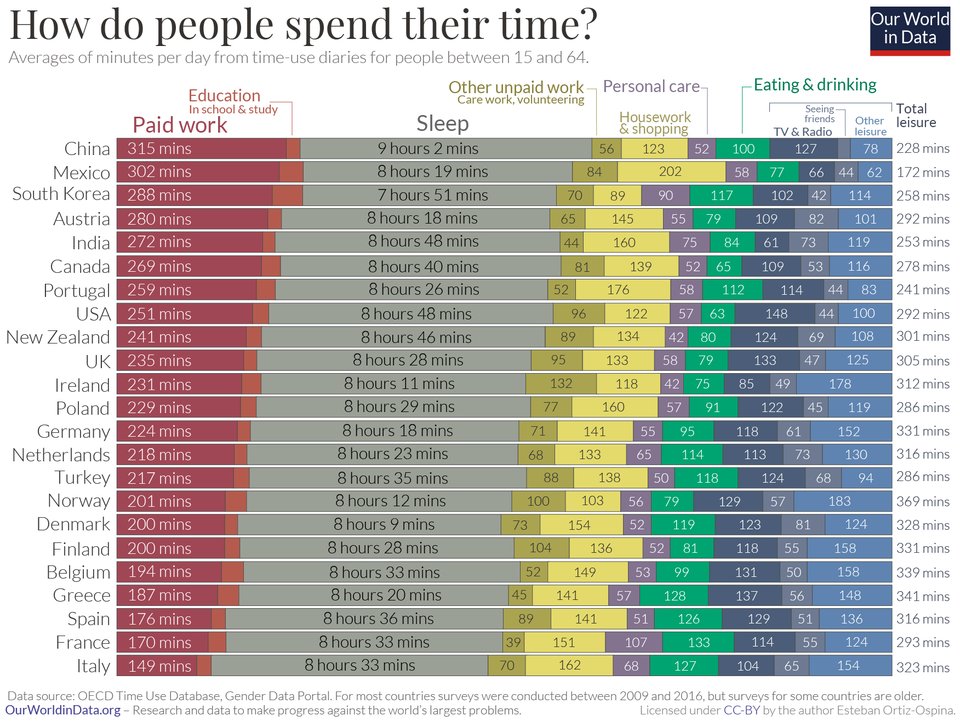
Visual perception

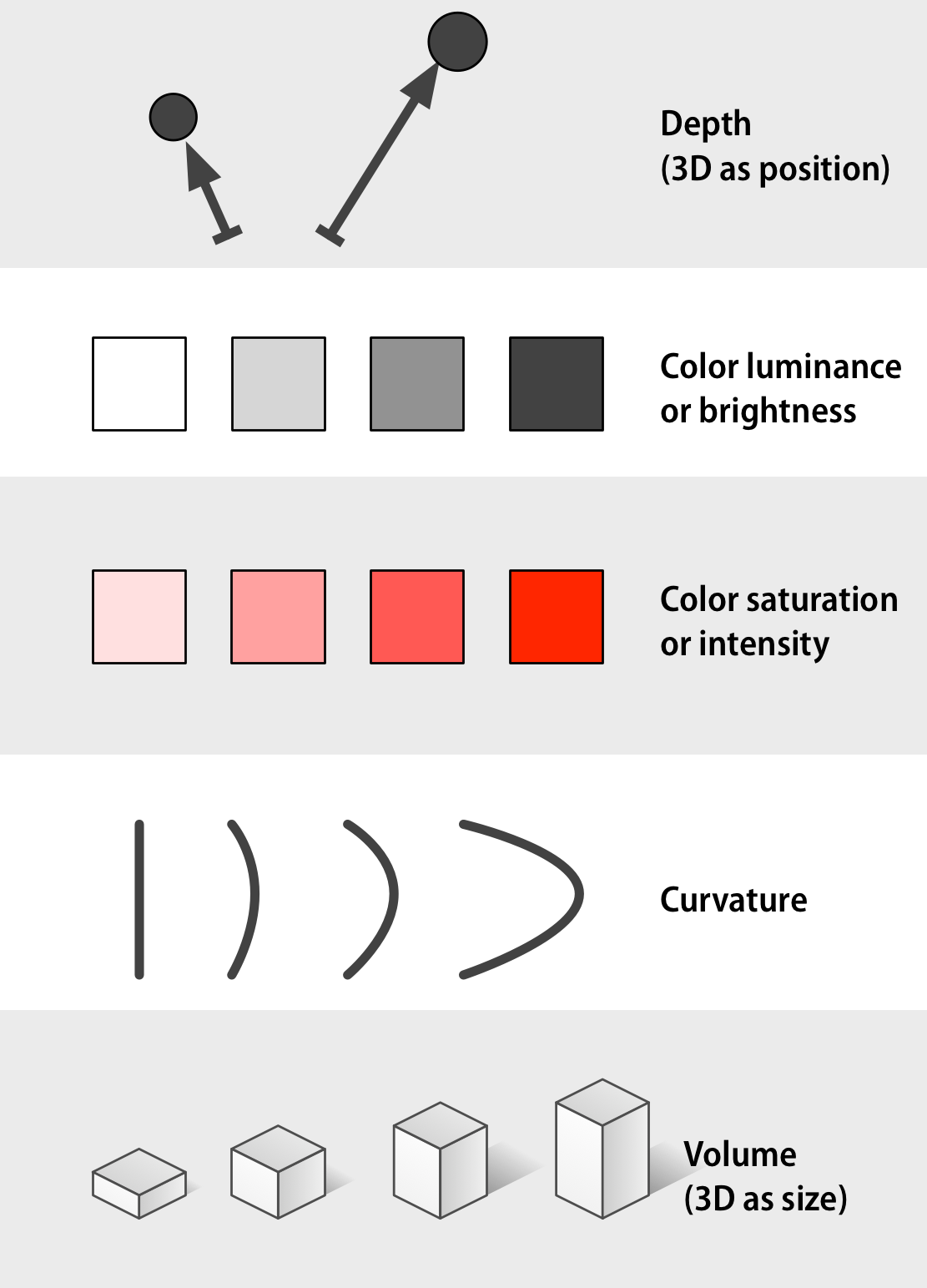
Healy. Fig. 1.24.
Proportions: bar and pie charts

Figure 3: Wilke. Fig. 10.4.
Proportions: bar and pie charts

Figure 4: Wilke. Fig. 10.6.

Figure 5: The checker shadow illusion.

Figure 6: The checker shadow illusion.

Bars or dots?
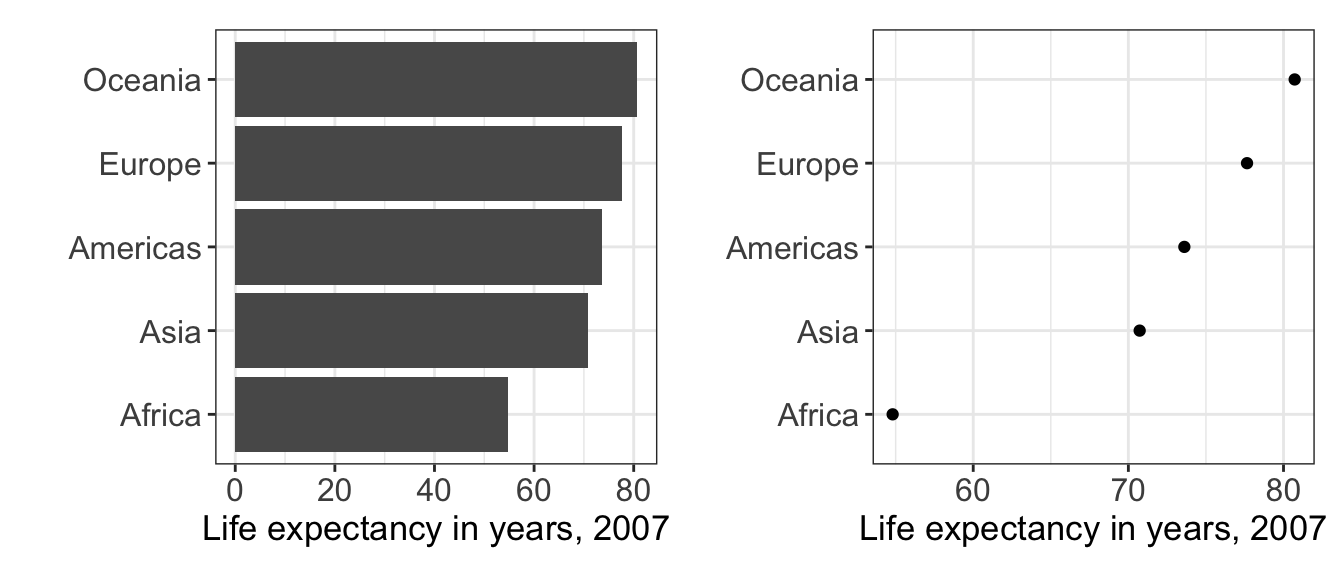
Aspect ratio
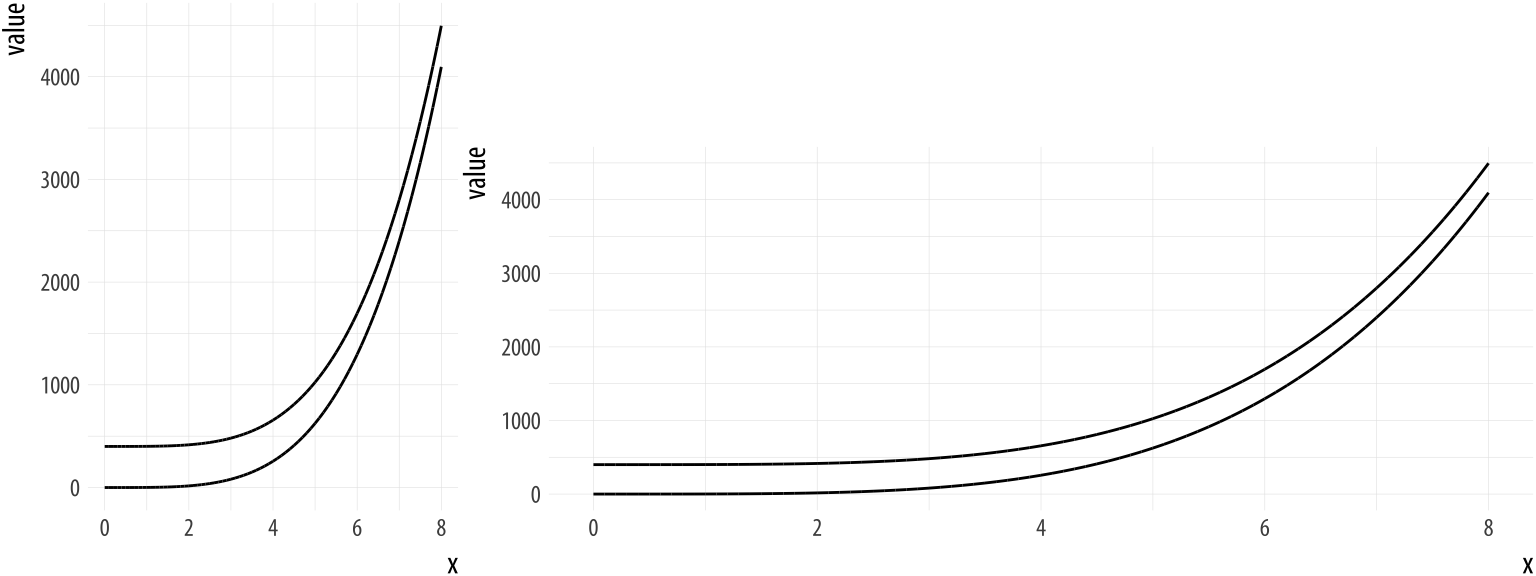
Healy. Fig. 1.12.
Where to put 0?

Figure 8: Healy. Fig. 1.27.
Where to put 0?

Figure 9: Healy. Fig. 1.27.
How to make a good visualization
- Think about your goals.
- What are the best choices to highlight the most important features of the dataset?
- How will your reader interpret your visualization?
- Does your picture represent the data fairly?
- Are there perceptual problems that make the picture easy to misinterpret or difficult to understand?
- Revise and edit your graphs.
- Practice thinking about the effectiveness of visual elements.
Suggested reading
Course notes: Look at Data
Healy. Chapter 1: Look at Data (Strongly recommended)
Wilke. Chapter 1: Introduction
Wilke. Chapters 5-16: “Visualizing” series of chapters. Return to these over time.
Task
Task 3: Answer 2 questions about data visualization
Use arguments provided in the lessons and readings
You can agree or disagree, but you must engage with the ideas